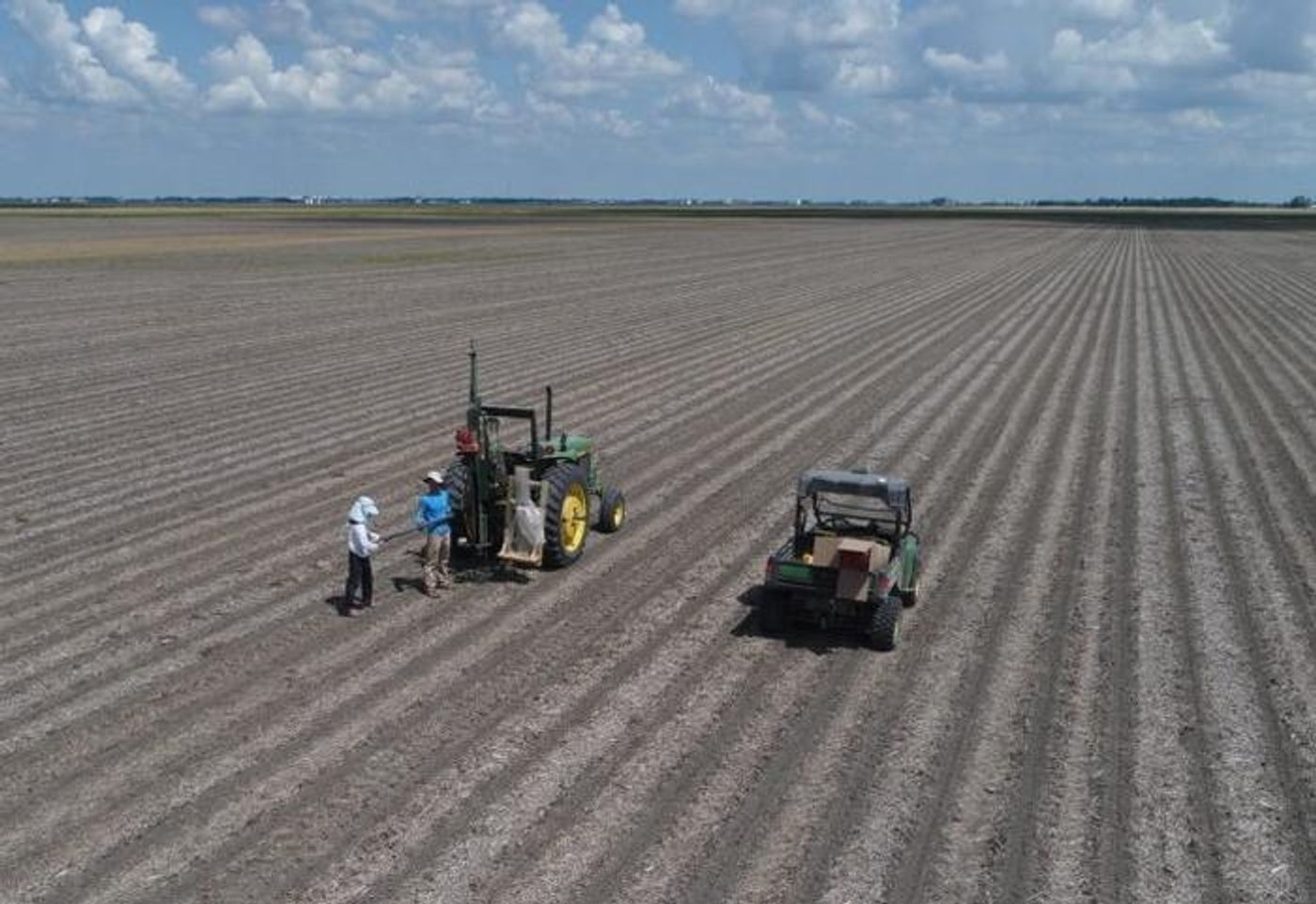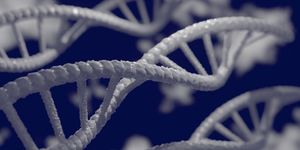Soil Organic Carbon Stocks and Agricultural Activity: A Climate Change Concern
A recent study due for publication in the October 2023 issue of Geoderma examines a new method of sampling and estimating soil organic carbon (SOC) stocks, which is known to contribute to climate change from the release of carbon back into the Earth’s atmosphere from agricultural activity. This study was led by Dr. Eric Potash, who is a Research Scientist in the Department of Natural Resource & Environmental Sciences (NRES) and the Agroecosystem Sustainability Center (ASC) at the University of Illinois Urbana-Champaign.
Study co-authors, Michael Douglass and Nan Li, overseeing deep soil coring for the study on a farm in Piatt County, Ill. (Credit: Dan Schaefer)
This study builds off an April 2022 study, also led by Dr. Potash, discussing potential strategies for estimating SOC stocks, and holds the potential to help farmers and scientists improve SOC stock estimation methods which could lead to mitigating the effects of climate change.
“Past studies, including one that we did one year ago, proposed ways of reducing the number of samples needed,” said Dr. Potash. “But it was unknown just how much more efficient those methods were. We put those methods to the test using a new high-quality dataset our research team put together.”
For this new study, Dr. Potash and his team improved upon a traditional sampling known as stratified sampling by analyzing potential SOC sampling strategies over eight commercial agricultural fields in the United States Midwest. Their findings indicate a method known as doubly balanced sampling was the most efficient method for estimating SOC stocks, which was accomplished through supplementary data from previous surveys, elevation maps, and satellite imagery. The other sampling methods also evaluated were balanced sampling, multivariate stratified sampling, univariate stratified sampling, and simple random sampling, in their order of effectiveness, respectively.
“Quantifying soil carbon stock through soil sampling is a hard and expensive task, but our approach was found to reduce the number of soil samples needed by a very promising 30 percent,” said Dr. Kaiyu Guan, who is the Founding Director of ASC, an associate professor in NRES, and a co-author on both studies. "We believe this is a significant advancement for improving soil sampling efficiency and should be promoted in future practices by carbon project developers or researchers."
This research was successful due to high-resolution and unique field-level soil samples gathered by researchers over a myriad of projects, and the researchers have made all their methods and data publicly available with the goal of other scientists can gain better insights into SOC.
As always, keep doing science & keep looking up!
Sources: Geoderma, EurekAlert!, Open Access Government, Geoderma (1), University of Illinois Urbana-Champaign, Figshare









